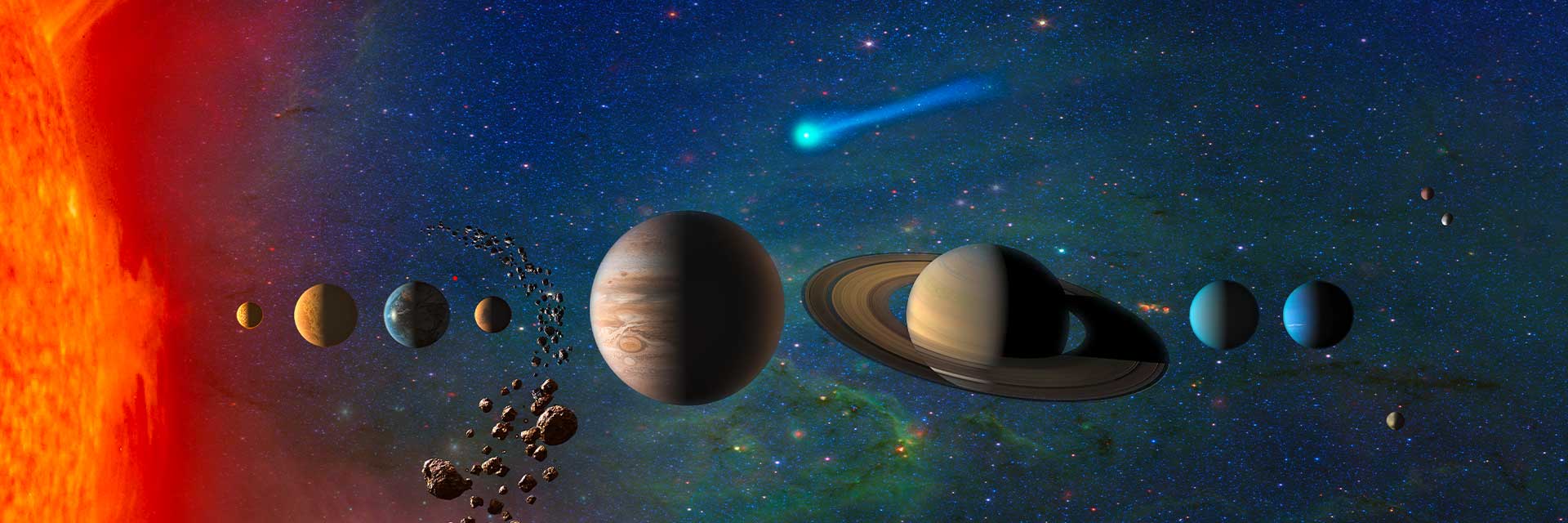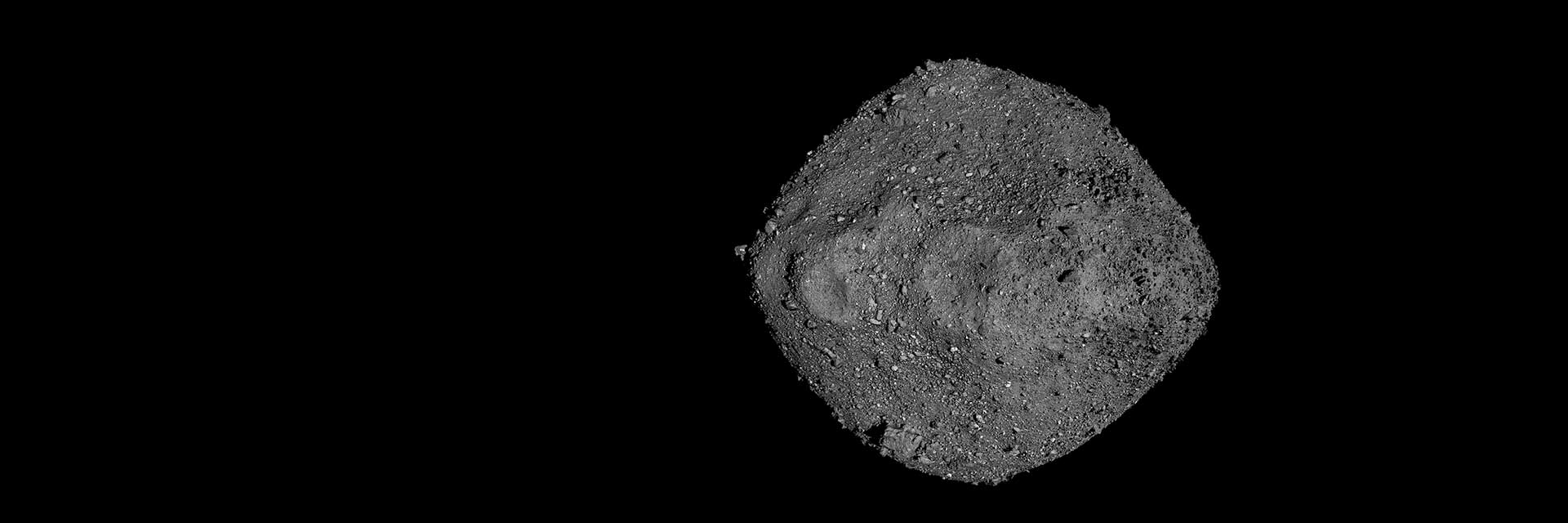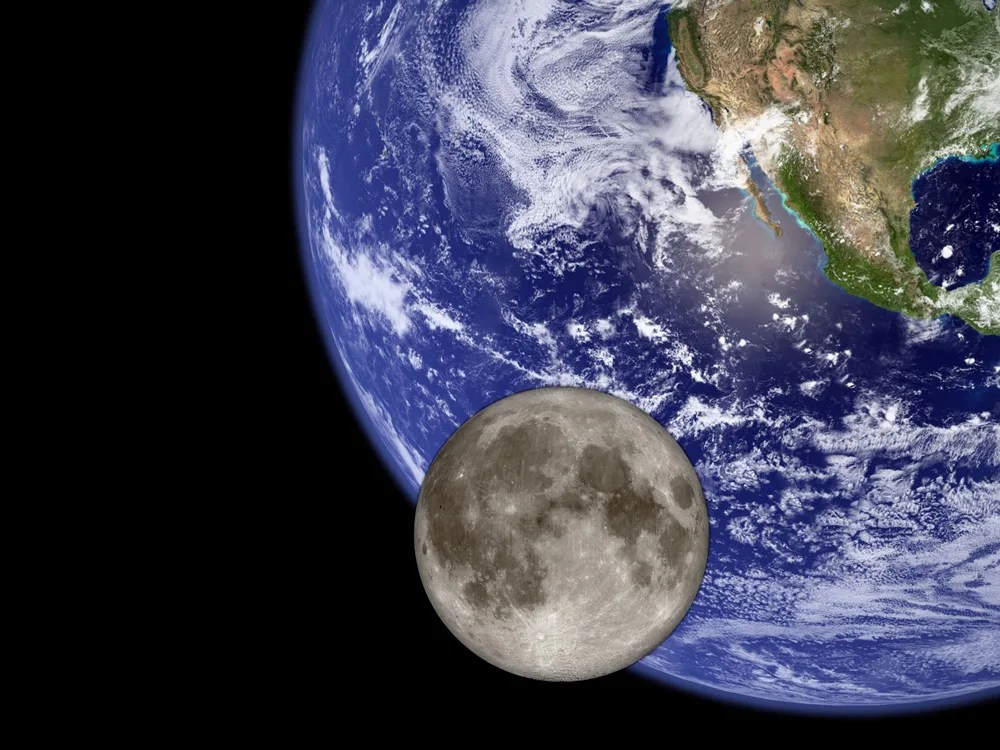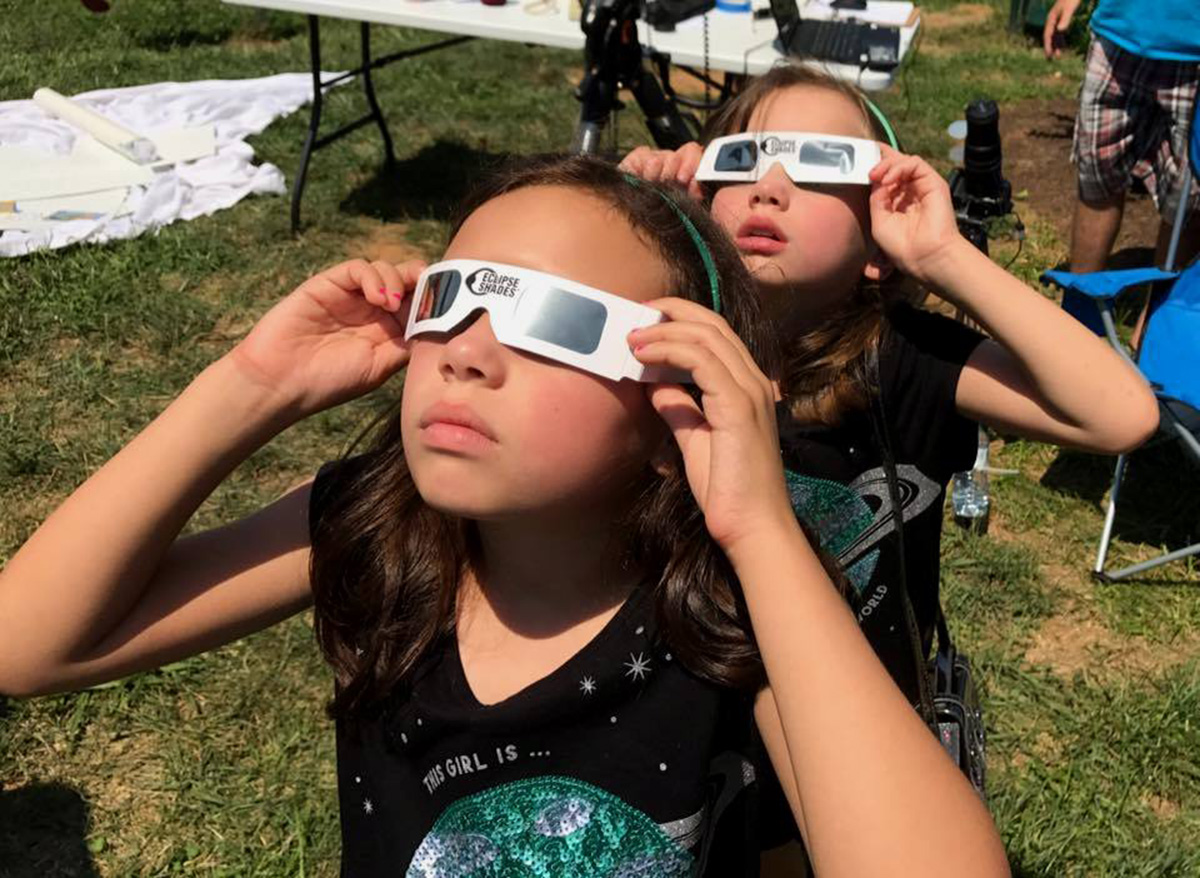Planetary Data Ecosystem
NASA and CHORUS have signed a participation agreement to expand public access to the results of NASA-funded research. Publications available in CHORUS comply with NASA policy with no further action required by researchers.

Keep Exploring




